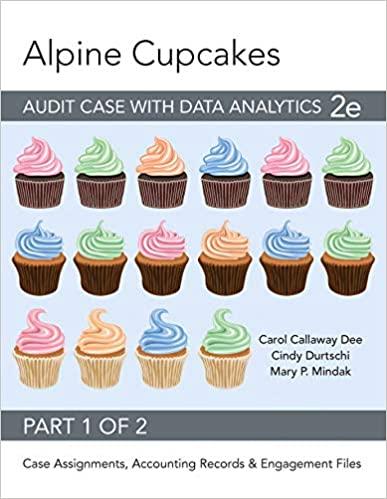2. Entity P, a public listed company, acquired 90% of Entity S's ordinary shares on 1 January 2018. Entity P paid 3.00 per share in cash on the acquisition date and an additional 104 million in cash which was paid on 1 January 2019. Entity S has retained earnings of 110 million as at the acquisition date and had not issued any ordinary shares subsequent to that date. The draft statements of financial position of the two entities at 31 December 2019 are presented below: Entity P Entity s 'million 'million Non-current assets Property, plant and equipment [note (1)] 830 630 Investments in Entity S at cost [note (2)] 640 1,470 630 Current assets Inventories (note (4)] 120 65 Trade and other receivables 240 141 Cash and banks 59 35 419 241 Total assets 1,889 871 Equity: Ordinary shares of 1 each Share premium Retained earnings Other components of equity Non-current liabilities Bank borrowing Deferred tax liability (note (5)] 400 450 620 120 1,590 200 100 230 530 180 125 40 165 180 Current liabilities Trade and other payable Total equity and liabilities 134 1,889 161 871 The following information is relevant: (1) At the date of acquisition, Entity S's land and buildings had a fair value that is 170 million higher than their book values, of which 80 million was attributable to buildings. The land is a non-depreciable asset and buildings are depreciated at 5% per year. (2) Entity S had internally developed a brand name for its products. An independent consultant had valued the brand name at a value of E20 million with an estimated life of 4 years as at 1 January 2018. (3) It is Entity P's policy to measure non-controlling interest at its proportionate share of the fair value of the identifiable assets and liabilities of the acquiree. (4) Entity P sold goods to Entity S during the year at a profit of 12 million, a half of these goods were still in the inventory of S on 31 December 2019. S had paid for the purchases from P before 31 December 2019. (5) As at 31 December 2019, Entity P has equipment which has a carrying amount of 340 million and a tax base of 220 milion. The deferred tax liability of 40 million in the statement of financial position was the tax consequence of the previous year's temporary difference arising from the same asset. No deferred tax adjustment has been made for the current year. The applicable tax rate is 25%. (6) None of the entities had proposed or paid any dividends during the year. (7) There has been no impairment on the net assets of all entities since the acquisition. Entity P uses a discount rate of 4% for any necessary present value estimation. Required: (a) Prepare the consolidated statement of financial position for Entity P group as at 31 December 2019. [25 marks] Entity D acquired 1 million ordinary shares 1 each of Entity C at 2.50 per share on 1 January 2019. Entity Dalso paid 1% of the total investment as a transaction cost. These shares represent 10% of the total ordinary shares of Entity C. As at the end of 2019, the market price of these shares increased to 2.80 per share. (b) Discuss the accounting treatment for the investment in equity instruments in the financial statements of Entity D for the period ending 31 December 2019, in accordance with IFRS 9 Financial Instruments. [7 marks] 'The US Securities and Exchange Commission (SEC) is concerned that firms were masking true performance by managing earnings using accelerated revenue recognition.' (quote from Altamuro et al., 2005). (c) Briefly discuss how revenue recognition has been creatively used by reporting entities for earnings management and fraudulent financial reporting. Evaluate how the IFRS 15 Revenue from Contracts with customers issued by the IASB could (and could not) address this issue. (18 marks]








